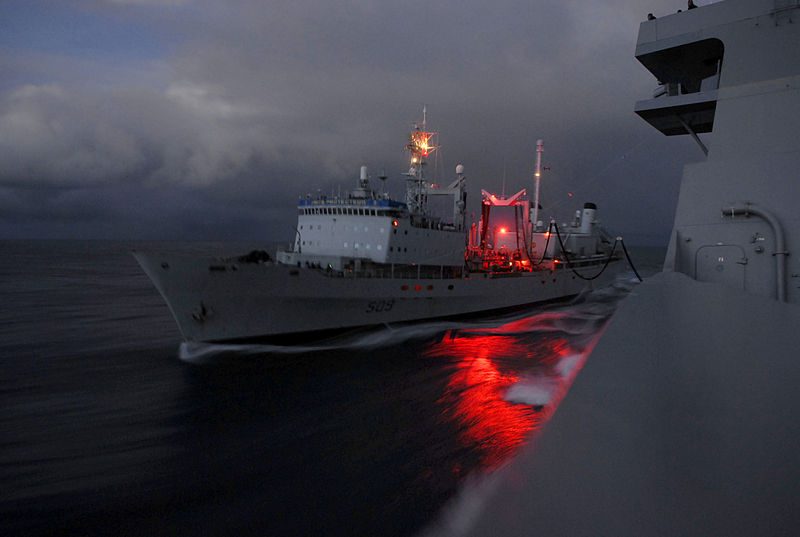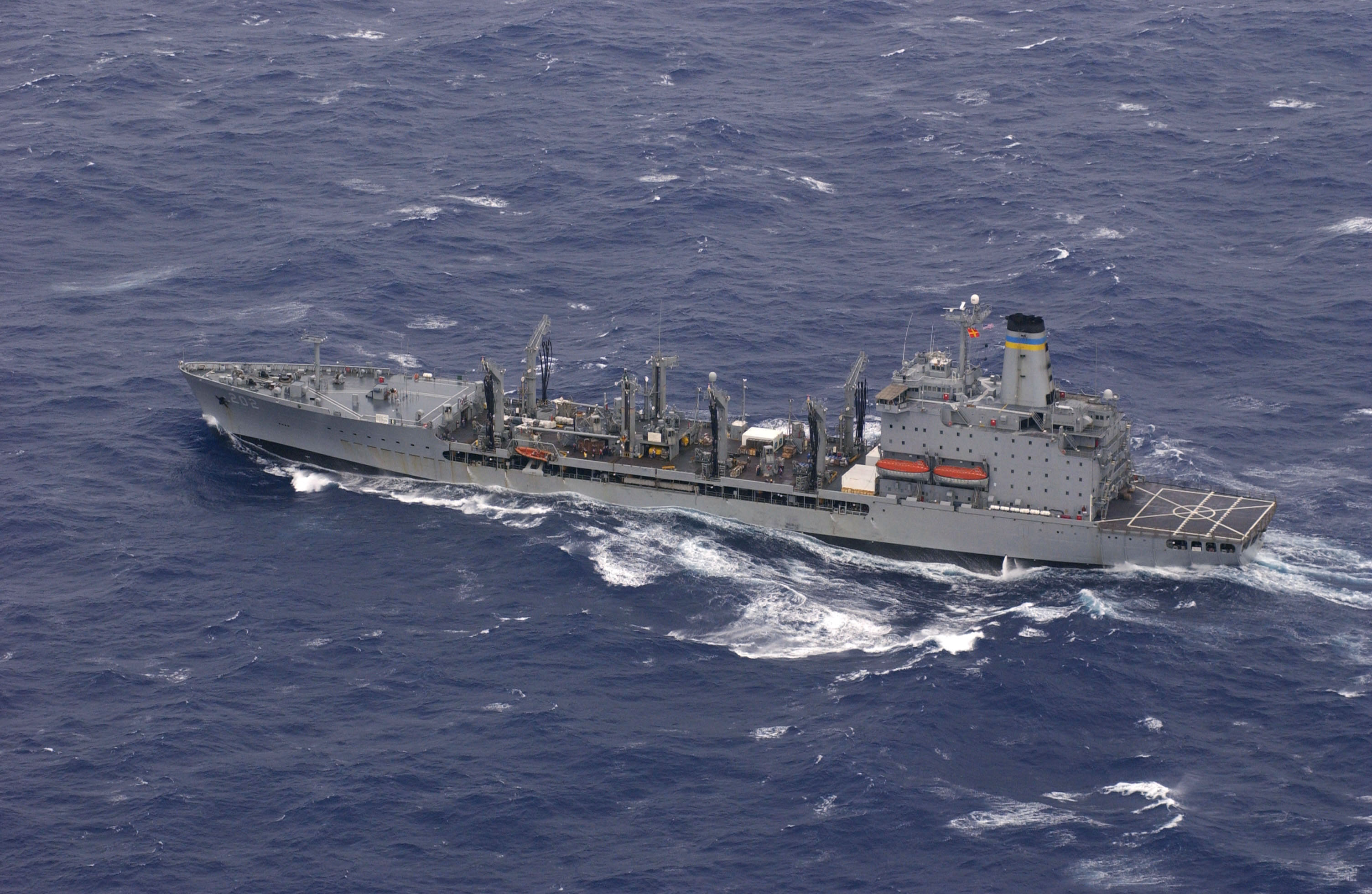After 44 years of service, the Royal Canadian Navy is in the process of replacing the Protecteur-class supply ship. Over the years, these vessels have been essential to the logistics of several Canadian Forces operations abroad. In essence, the role filled by the Protecteur is to resupply other ships at sea with food, munitions, fuel and spare parts, as well as possessing more sophisticated medical facilities than smaller warships. But the Department of National Defence may have waited too long to replace the venerable Protecteur, casting doubt as to whether the new model will be ready by the desired target of 2017.
[captionpix align=”right” theme=”elegant” width=”320″ imgsrc=” http://www.naval-technology.com/projects/protecteur-class/images/1-protecteur-class.jpg ” captiontext=”Canadian Protecteur-class supply ship”]
It was announced in early June that the Protecteur vessels will be replaced by ThyssenKrupp Marine Systems’ Type 702 Berlin-class replenishment ship. This vessel has been in operation with the German Navy in a similar role since 2011. Following a rigorous review of several possible designs, the Royal Canadian Navy and the Department of National Defence determined that the Berlin-class best fit the extensive demands set out in the 2011 Joint Support Ship Project.
The problem, however, arises from the multiple ship procurements made simultaneously by National Defence. The Vancouver shipyard initially intended for the construction of the Berlin-class supply ships has also been approached to produce the Canadian Coast Guard’s new polar icebreaker, the CCGS John G. Diefenbaker. If the icebreaker is to take precedence among the procurement orders, it will take considerable time for the shipyard to complete work on that vessel. While it has been noted that the Protecteur supply ships should have been decommissioned in 2012, the Canadian Coast Guard’s existing icebreaker (the CCGS Louis St-Laurent) has been operating for 40 years and is also in desperate need of replacement.
One possible solution to the procurement dilemma would be to task a foreign shipyard with the construction of the Berlin-class supply ships, freeing the Vancouver shipyard to complete the CCGS John G. Diefenbaker. Faced with procurement issues of its own in 2011, the Royal Netherlands Navy sought shipyards abroad to produce the Karel Doorman, a multi-function support ship that will fulfill a role very similar to that of the Berlin-class support ship in the German and Canadian naval forces. The contract was awarded to a shipyard in Galati, Romania and the Karel Doorman is expected to be successfully turned over to the Royal Netherlands Navy later in the summer of 2013.
While there is an understandably strong desire to keep as much of the shipbuilding process in Canada as possible, it may be necessary to seek out a shipyard abroad in order to prevent a situation in which the Royal Canadian Navy is forced to employ the now environmentally unfriendly Protecteur supply ships well beyond their expiration date. In fact, foreign shipyards may become essential to the current process of updating the equipment of the Royal Canadian Navy and the Canadian Coast Guard. The current procurement strategy envisions the addition of another fifteen warships, eight Arctic patrol ships, and a number of other vessels in the coming years.
If the current situation involving the CCGS John G. Diefenbaker and the two Berlin-class supply ships has placed a strain on Canada’s military shipbuilding capacity, meeting future demand may be exceedingly difficult or even impossible. Building relationships to meet these demands, much as the Dutch have done, will ensure that Canada’s national security is not compromised and the safety of Canadian naval personnel is upheld.




